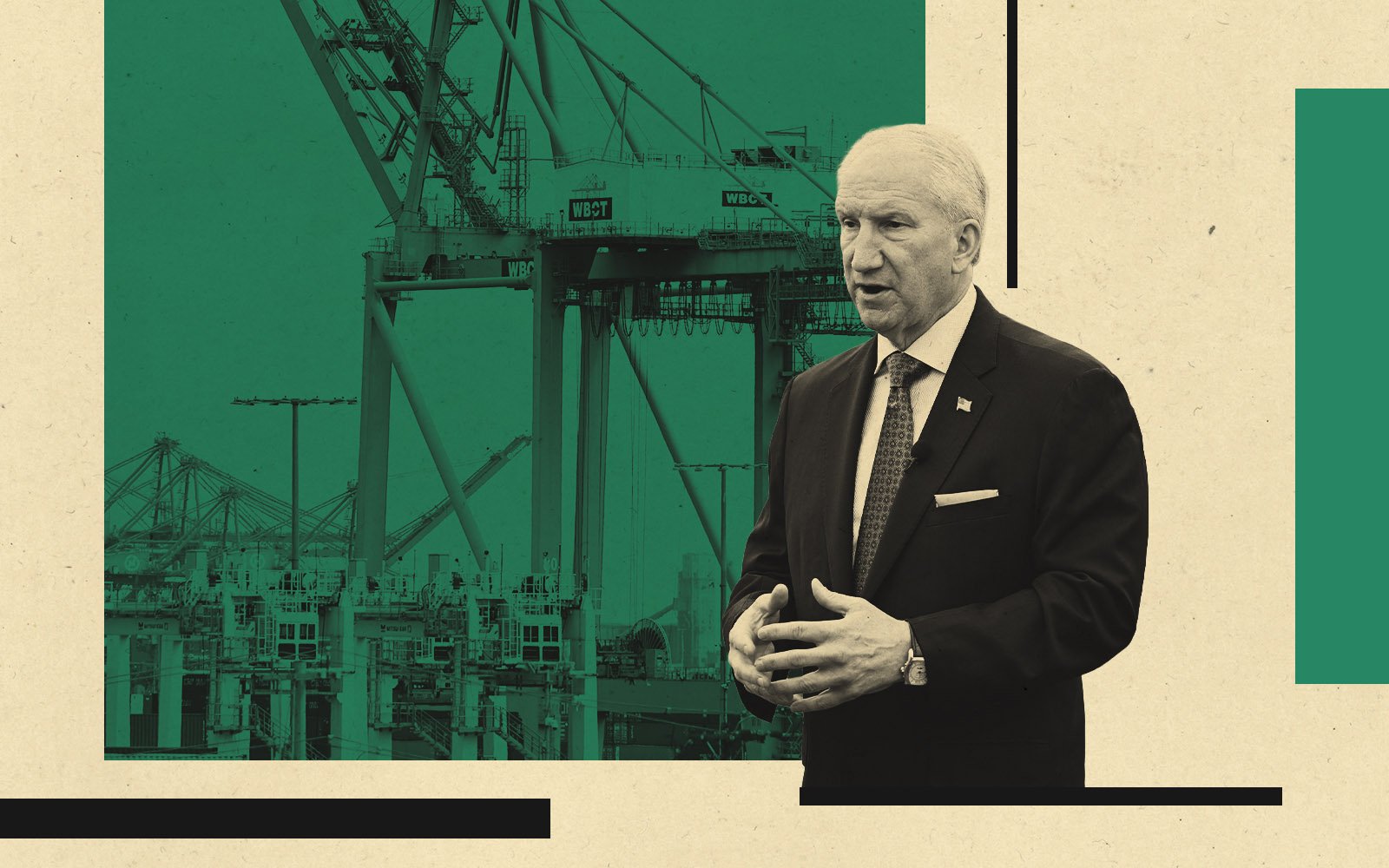Port of Los Angeles Plans Historic Terminal Expansion Amid Trade Boom
Port of Los Angeles announces historic expansion with new 200-acre Pier 500 terminal project, following record-breaking cargo volumes and highlighting crucial infrastructure development.

Aerial view of the Port of Los Angeles showing planned Pier 500 expansion area
The Port of Los Angeles, America's largest maritime gateway, is embarking on its first major expansion in decades with plans for a new marine container terminal. This strategic development comes as the facility experiences record-breaking cargo volumes, similar to the economic impact seen in other major Los Angeles infrastructure projects.
Strategic Expansion Plans
The proposed Pier 500 project will create a 200-acre terminal along the port's Pier 400 Channel, bringing two new berths and approximately 3,000 feet of additional wharf space. This development, which mirrors the scale of major international infrastructure investments, will significantly enhance the port's cargo handling capabilities.
Record-Breaking Performance
The expansion announcement follows the port's exceptional performance in July, processing over 1 million twenty-foot equivalent units (TEUs) - an 8.5% increase from the previous year. This surge in activity, driven by retailers and manufacturers frontloading cargo ahead of anticipated tariff increases, demonstrates the critical role of robust trade infrastructure in maintaining economic stability during policy shifts.
Development Timeline and Impact
The project will utilize 124 acres of existing submerged infrastructure, installed during the construction of Pier 400 two decades ago. Port officials estimate a comprehensive timeline of approximately 10 years from pre-development to full operational status.
"For the first time in a generation, the Port of Los Angeles plans to build a new container terminal to meet global supply chain demand for decades into the future," stated Gene Seroka, executive director of the Port of Los Angeles.
The development process will proceed through several critical phases, including:
- Selection of a development partner through RFP process
- Public-private pre-development agreement negotiation
- Financial feasibility assessment
- Environmental and regulatory entitlements
- Construction planning and execution
Siphesihle Dlamini
nvestigative journalist from Mbabane, Siphesihle specializes in civic movements, human rights, and political reform in Eswatini. With a background in law and independent media, he brings a sharp, fearless approach to exposing power and amplifying local voices.
